
“46% of Google Searches are Local”
Who isn’t looking for electricians, local plumbers, doctors, and hairdressers?
Everybody wants products or services on an immediate basis.
The problem is when users search for local businesses; big, national, brands dominate the pages, leaving no place for small local businesses.
On a survey of 2000 small businesses conducted by UENI, 76% admitted their tough struggles to appear on search results.
Poor business owners throw their hands up thinking that they never get a chance to attract customers as far as national brands are ruling the search engines.
To your delight, that’s not true anymore.
Here comes the end to your online struggles and the key to opening doors for online customers – Local SEO.
Local SEO is optimising your website for local customers. It means that your business will appear on search engines if any nearby customer is looking for it.
Google is all about improvement. With the increasing search for local products or services, Google finds it comforting for users to acknowledge the best things available nearby, instead of going far.
To take advantage of a user’s local search, you have to crawl your way up to higher rankings via local SEO.
This beginner’s guide will teach you essential steps to save a topper’s spot on Google’s local searches via Local SEO.
Here you go:
- Register with Google My Business
In order to rank your site for local searches, Google must know about the existence of your business in the first place. The search engine giant offers a “Google My Business” tool to help you register your business online and authenticate it in Google’s Crawler Eyes. It’s like creating your business profile with Google where you enter all the business details asked. Google My Business profile increases your visibility on search engines.
- Update Your Website
Even after having a website, if you fail to appear on search pages then your website is in dire need of some repairs essential for local SEO.
5 Steps to Update and Prepare Your Website for Local SEO
- Fix Up the Internal Linking Structure:
A proper navigation path, information architecture, and hierarchy will do the trick. In short, these 3 fixes make sure that users don’t face any issues while surfing through the website.
- Optimise URL and the Content:
A website is full of content. URLs, titles, headers, Meta Descriptions, blog posts, etc. Everything is made up of content. Each piece of content must be optimised well for search engines. Adding high-volume keywords (not keyword stuffing) and addressing users’ pain points in words will help a lot. It makes your website highly relevant to search engines and users.
- Add Location to Website:
Users read the address first and then locate it next. They do it directly from Google without bothering to open your site. Add a correct address in written form to the site and put a Google map, next to the address, locating your business. It shows Google where your business is which helps users find you out directly through search results.
- Create Content for Local Customers:
Think in terms of what users will search for when they look out for local businesses. For e.g., a coffee lover will type “Coffee Shops near me”. Now, what would be relevant and valuable content for such users? “Top 10 Coffees You Must Try This Week” or “A coffee to refreshen you up” is a good idea to go for. Think of how local users will search for your business and create content accordingly. Content has always been and is king.
- Mobile-Friendly Website:
Last but not least. 9 out of 10 local searches take place from the smartphone. Obviously, who bothers with the desk to find local businesses? If your site is not mobile-friendly, you lose a big chunk of customers and a good chance of rankings, no matter how good your content is. Remember, Google considers mobile-friendly sites as one of the important ranking factors. Make your site mobile-friendly as soon as possible.
- Local Directory Listing
As old as it sounds, it still holds value. But not in the traditional way.
Find out top online business directors and enter your necessary business details like name, address, and contact number with area code. If possible, map it out as well. Remove duplicate entries if found.

Get weekly insights for revenue-shifting results
Sign up for our newsletter and be the first one to know about our exclusive offers, digital marketing news and updates.
|
|
Thank you for Signing Up |


- Build Inbound Links and Authority
Sponsor your brand and contribute guest posts to the website constantly. And you are good to go. Links from other relevant websites improve your domain’s authority which, in turn, boosts your rankings. Just make sure, any activity you perform at any site, it must be relevant to your business. Irrelevancy may penalize your site or hit by algorithm updates (Google’s strict guidelines for websites and content). For e.g., the content of a coffee shop has a good place on travel sites, not on finance sites. Right?
- Take Your Business on Social Media
Social media is like a home to users. Anything popular on social media is the first choice of users which becomes Google’s choice as well when it comes to distributing rankings. Share your content and products or services on social media. Announce contests, freebies, or anything attracting users to your social media accounts. The more fan following you have, the better reputation you receive from Google.
- Collect Customer Reviews
At last, once you spread your business at every online corner, you can approach past customers to post ratings and reviews on Google or social media profiles. Reward them for the same if need be. A little investment initially won’t hurt. Future customers believe in past customers. Ratings and reviews help potential customers to learn more about your business so that they can put their trust easily.
Overview
Local SEO is a silver bullet for the online presence of local businesses. It makes your business available to local users and grows it simultaneously. The more you improve the website as per Local SEO tips and Google’s quality standards, the better search engine rankings you ought to receive. And never stop to publish new content even if you gather a handful of customers. Your business shouldn’t stop expanding, once you set foot in the online world.
In search for strategic sessions?
Let us understand your business thoroughly and help you
strategies your digital product.
It's time to call your business-
a brand!
Australian Owned Agency
Save Time and Money
Unbeatable Value
Where Work Gets Done
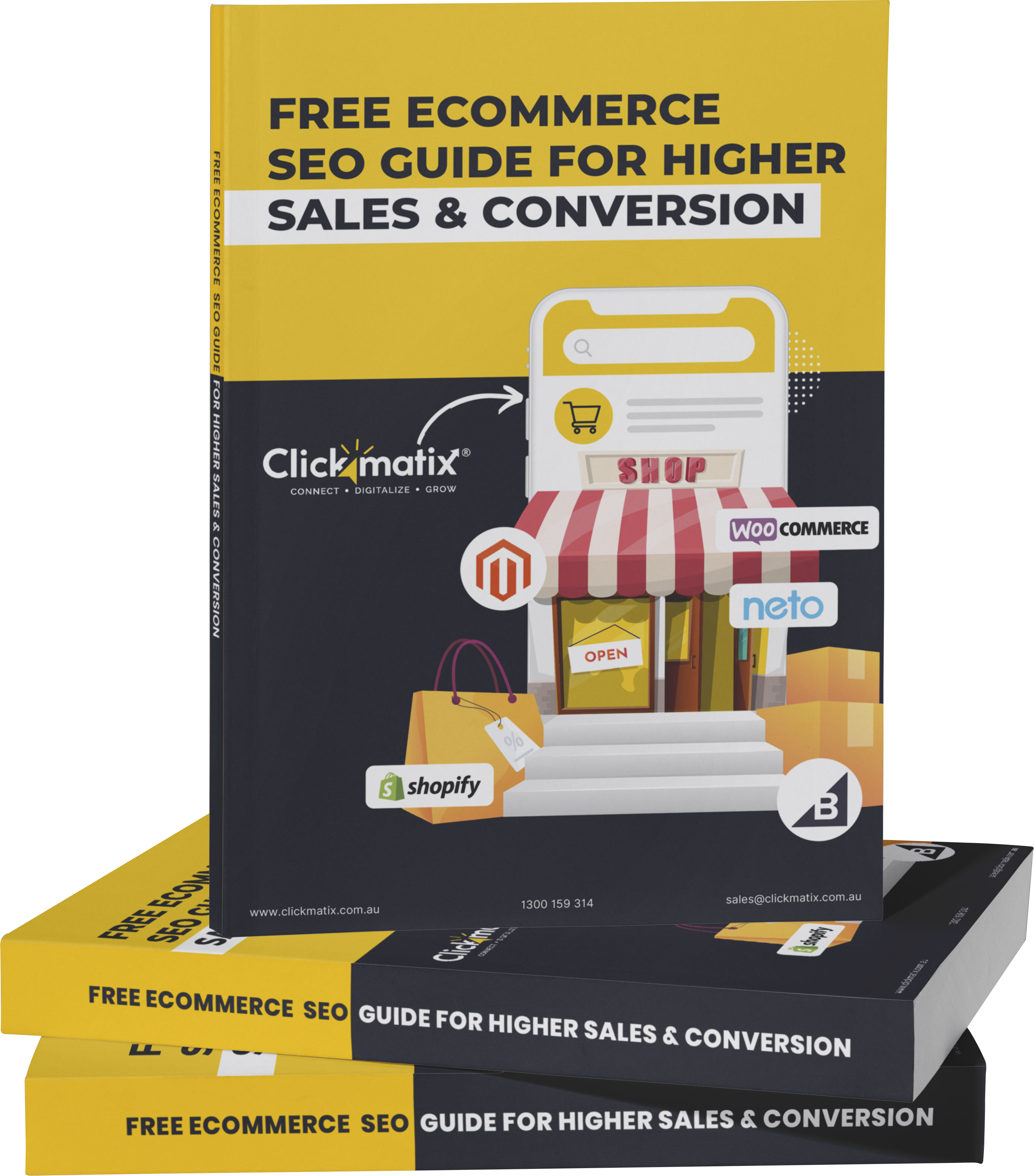
free Ecommerce SEO guide for Higher Sales & Conversion



THE ULTIMATE MARKETING GUIDE FOR LAWYERS



Youtube Ads Guide How to Advertise on Youtube



free Ecommerce SEO guide for Higher Sales & Conversion


It's time to call your business-
a brand!
Australian Owned Agency
Save Time and Money
Unbeatable Value
Where Work Gets Done


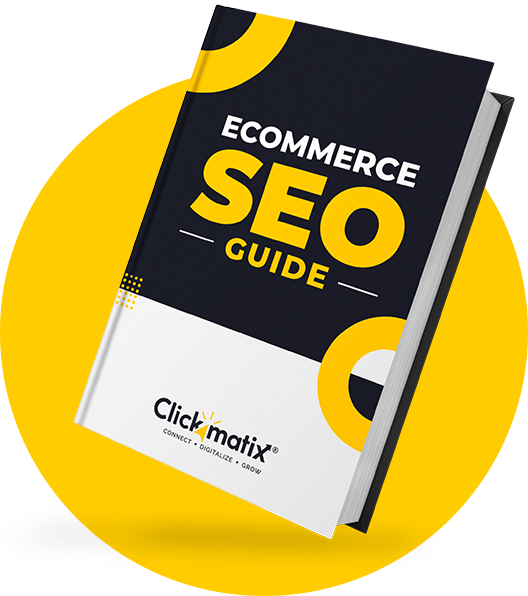
The Game-Changing Ecommerce SEO Guide That Will Blow Your Mind & Sales
With this Ecommerce SEO Guide, you'll be able to:
- Develop a Ecommerce SEO strategy.
- Build a content marketing strategy that aligns with your business goals.
- Convert your website visitors into paying customers.



Youtube ads guide how to advertise on youtube
With this Youtube ads Guide, you'll be able to:
- Develop a Youtube ads strategy.
- Build a type of ads of your own that aligns with your business goals.
- Generate revenue from youtube ads.
It's time to call your business-
a brand!
Australian Owned Agency
Save Time and Money
Unbeatable Value
Where Work Gets Done









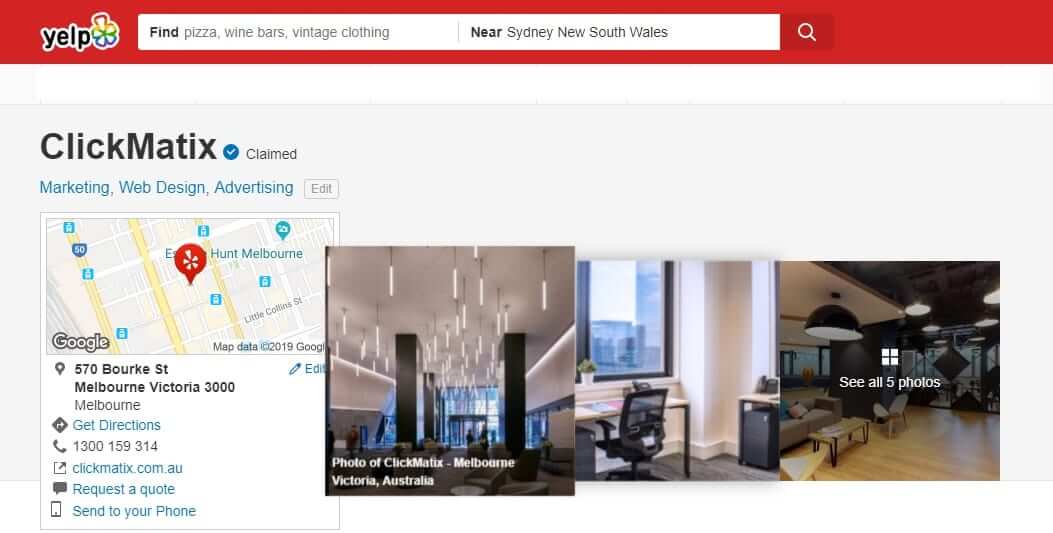
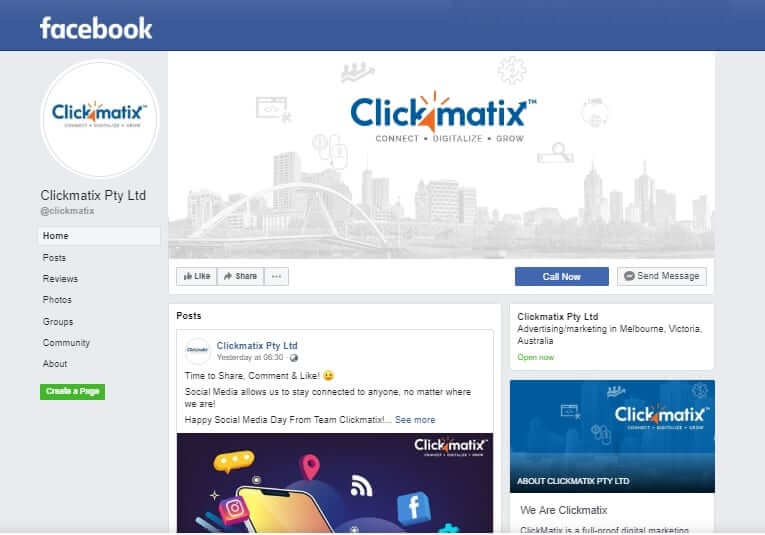

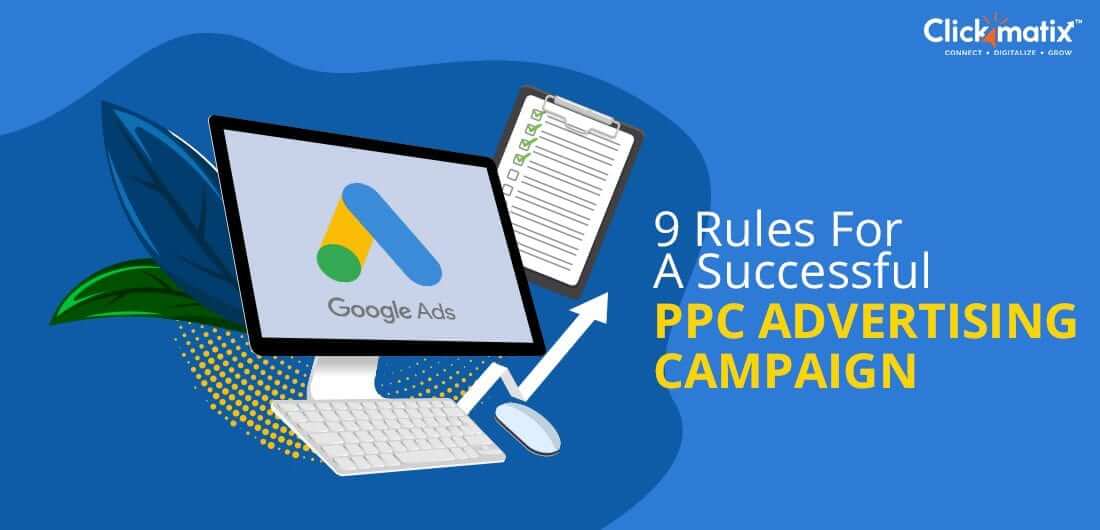
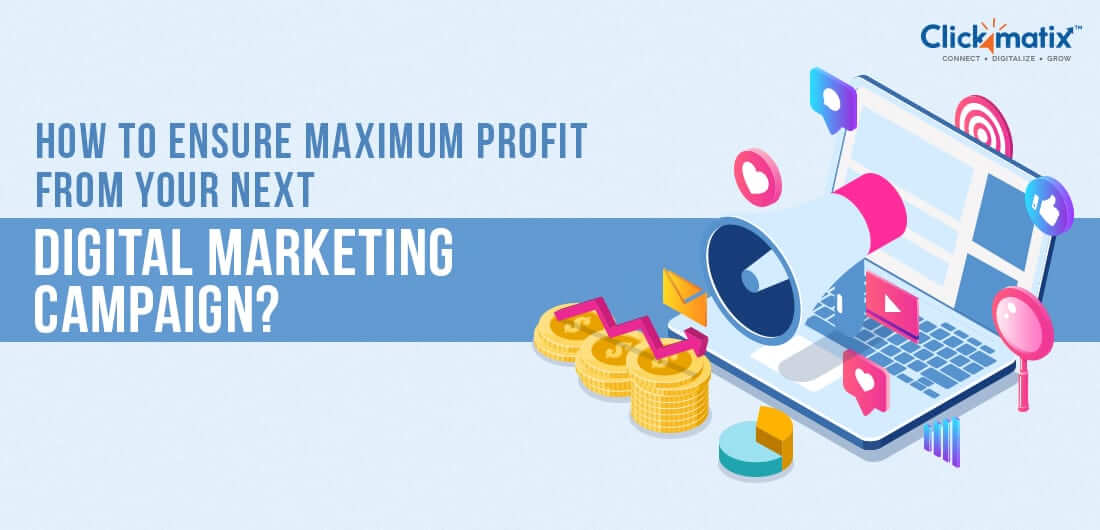
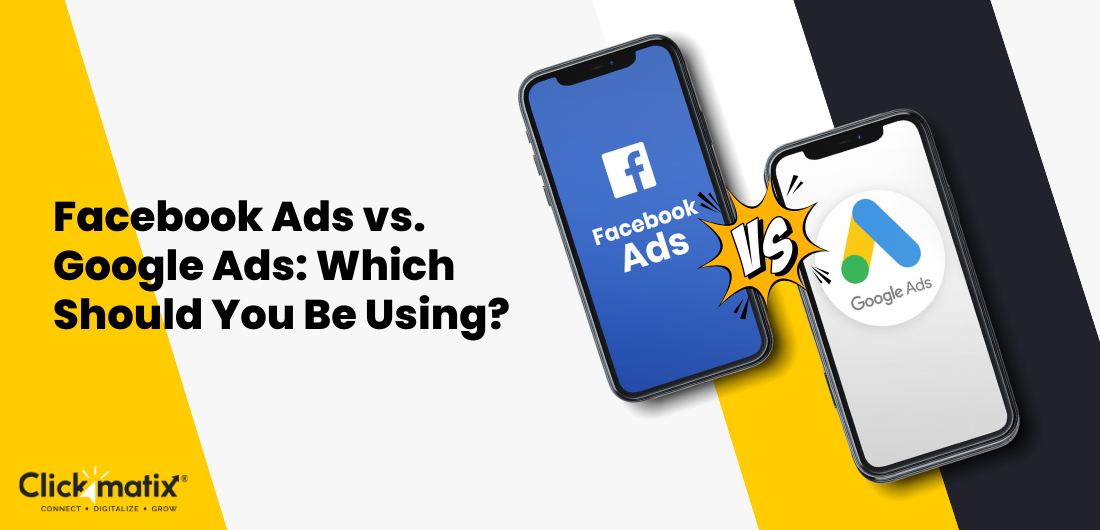


 Australian Owned Agency
Australian Owned Agency Save Time and Money
Save Time and Money Unbeatable Value
Unbeatable Value Where Work Gets Done
Where Work Gets Done